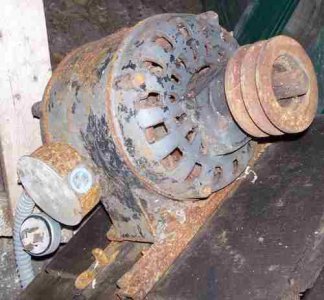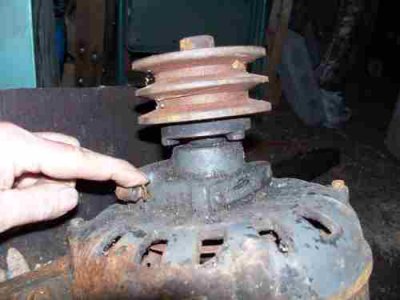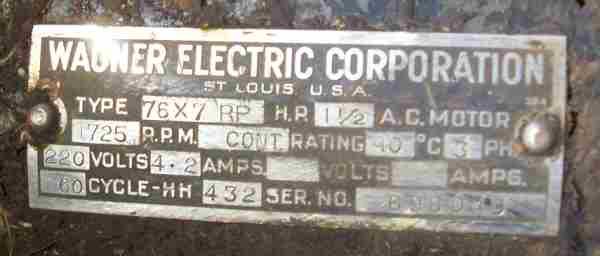- Joined
- Feb 18, 2016
- Messages
- 451
Thanks Dabbler, I figured it could be done. I guess the key is to make sure all the motors used have very similar characteristics.
I mean, Bob is certainly right. It's not advisable to do this unless a person really knows what they are doing. But there's the key.
As long as you know what you're doing it should be just fine. Just gotta make sure all the motors are compatible. In fact, sometimes you can trick the controller into thinking that incompatible motors are actually the same by adding inductive or restive components. That gets into a bit of electronic wizardry, but it's often doable. I build robots and I'm always tricking the micro-controllers or motor drivers into thinking their driving something their not actually driving.
I mean, Bob is certainly right. It's not advisable to do this unless a person really knows what they are doing. But there's the key.

As long as you know what you're doing it should be just fine. Just gotta make sure all the motors are compatible. In fact, sometimes you can trick the controller into thinking that incompatible motors are actually the same by adding inductive or restive components. That gets into a bit of electronic wizardry, but it's often doable. I build robots and I'm always tricking the micro-controllers or motor drivers into thinking their driving something their not actually driving.





